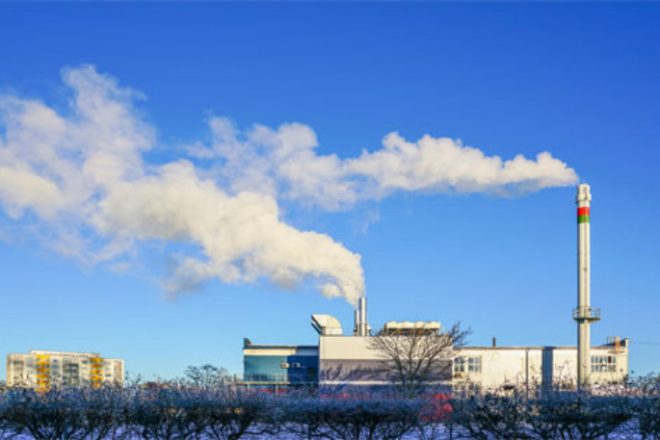Ang isang ulat ay nagmumungkahi na maaaring mabawasan ng mga sakahan ng New Zealand ang kanilang mga emisyon ng Greenhouse gas sa pamamagitan ng pagkuha ng isang karaniwang pataba mula sa mga lokal na mina sa halip na mag-import ng ‘blood phosphate’ Ang ulat, na isinulat ng kumpanya ng pagmimina na L&M Group at consultant Agribusiness Group, ay pinondohan ng publikong pinondohan ang Our Land and Water National Science Challenge.
Ang phosphate, na bumubuo ng halos kalahati ng pataba na ginamit sa New Zealand, ay tumutulong sa mga halaman na lumaki ngunit maaari ring dumusin ang mga daanan ng tubig kung labis na ginagamit. Ang isang internasyonal na pag-aaral na isinagawa ng mga may-akda mula sa New Zealand at UK ay nagpakita na maraming magsasaka sa buong mundo ang gumagamit ng labis na phosphate, na nagiging sanhi Samantala, ang iba ay hindi gumagamit ng sapat upang ma-maximum ang produksyon ng pagkain ng kanilang lupain. Nagbabala din ng pag-aaral na ang phosphate, na hindi nababago, ay dapat gamitin nang mas matipid upang tumagal ng higit sa 500 taon.
Noong 2021, ang New Zealand ang ikasiyam na pinakamalaking taga-import ng phosphate sa buong mundo, na nagdadala ng humigit-kumulang 700,000 tonelada. Mahigit sa kalahati nito ay nagmula sa Morocco, na sinundan ng Togo at China. Isang pagsisiyasat ng Stuff sa 2018 ay nagsiwalat na ang supply ng Moroccan phosphate ay nauugnay sa isang matagal na krisis ng tao sa Western Sahara, isang rehiyon na Morocco na naka-annexa noong dekada 1970.
Tinalakad ng pag-aaral sa New Zealand, na nakumpleto noong Disyembre, ang posibilidad ng pagmimina ng phosphate nang lokal, isang ideya na tiningnan ng L&M Group. Sinasabi ng ulat na ang pagmimina ng phosphate sa New Zealand ay magkakaroon ng humigit-kumulang sa kalahati ng epekto ng pandaigdigang pag-init ng pagmimina at pagdadala ng na-import na pataba na kasaluku
Itinatampok din ng ulat ang mga etikal na benepisyo ng pagmimina nang lokal, na nagsasaad na epektibong matutugunan nito ang mga isyu sa politika at panlipunan na nauugnay sa paggamit ng ‘blood phosphate’ mula sa Western Sahara. Gayunpaman, kinilala nito na ang open-cast mining, katulad ng quarrying batu, ay magkakaroon ng mga epekto sa kapaligiran.
Iminungkahi din ng ulat na ang New Zealand ay maaaring makagawa ng isang mabagal na paglabas na anyo ng pataba, na mas malamang na maghugas sa mga lawa, ilog, at aquifer. Ayon sa Stats NZ, 64% ng mga haba ng ilog ay may mga konsentrasyon ng posporus sa mga antas na nagdudulot ng panganib sa kapaligiran.
Nakilala ng L&M Group ang mga potensyal na deposito ng phosphate sa Clarendon, Otago, North Canterbury, at Kaikōura.




























































